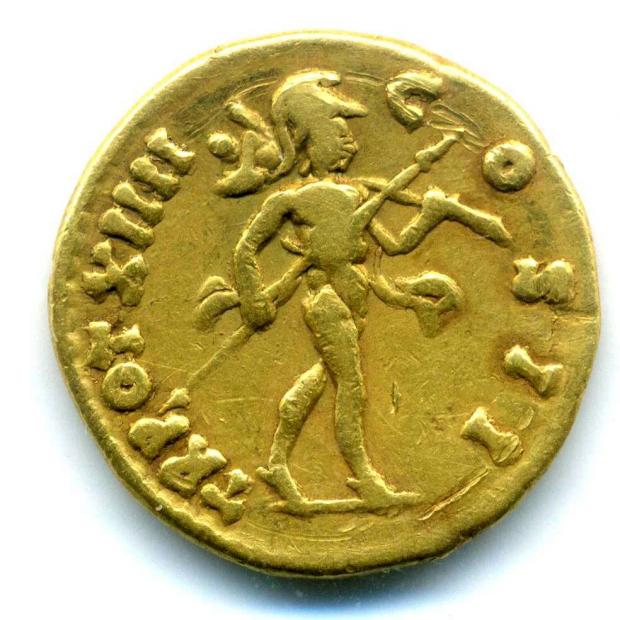Historians and archaeologists have studied the ruins of
the Roman Forum for centuries, employing the tools on hand to add to the
knowledge of this center of Roman public life that hosted elections,
triumphal processions, speeches, trials, shops and gladiatorial
spectacles.
The latest research suggests these structures, which we know as white marble, may have been brightly painted.
Bernard Frischer, a classics and art history professor in the
University of Virginia's College of Arts & Sciences, led a team of
experts who used cutting-edge technology to find traces of yellow
pigment on a bas-relief of a menorah on the forum's Arch of Titus. In
its heyday, the yellow pigment would have appeared gold from a distance.
Frischer said the menorah has historical significance. "The menorah
on the relief is extremely important to Jews, since it shows the menorah
from the Second Temple in Jerusalem, which Titus captured and sacked in
A.D. 70."



